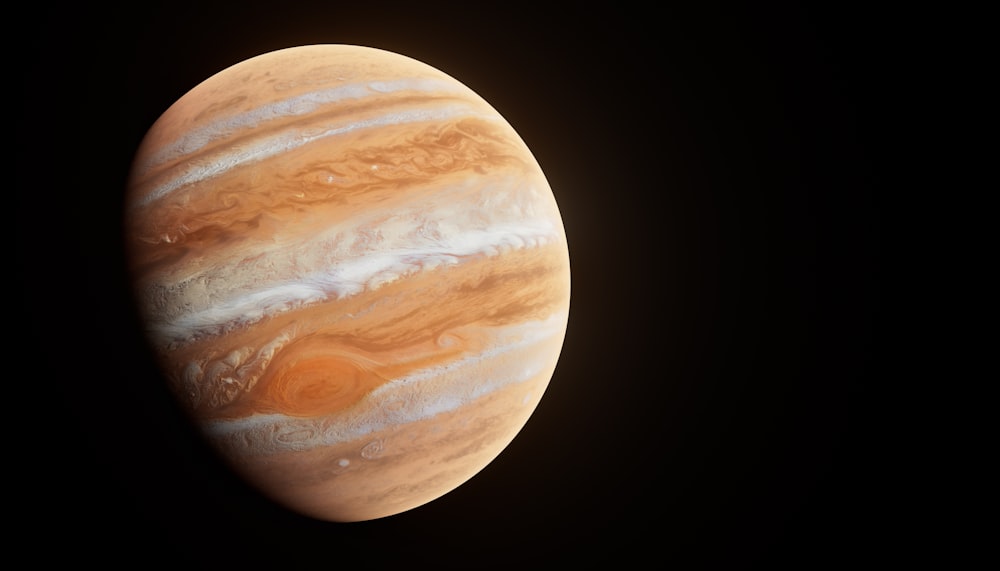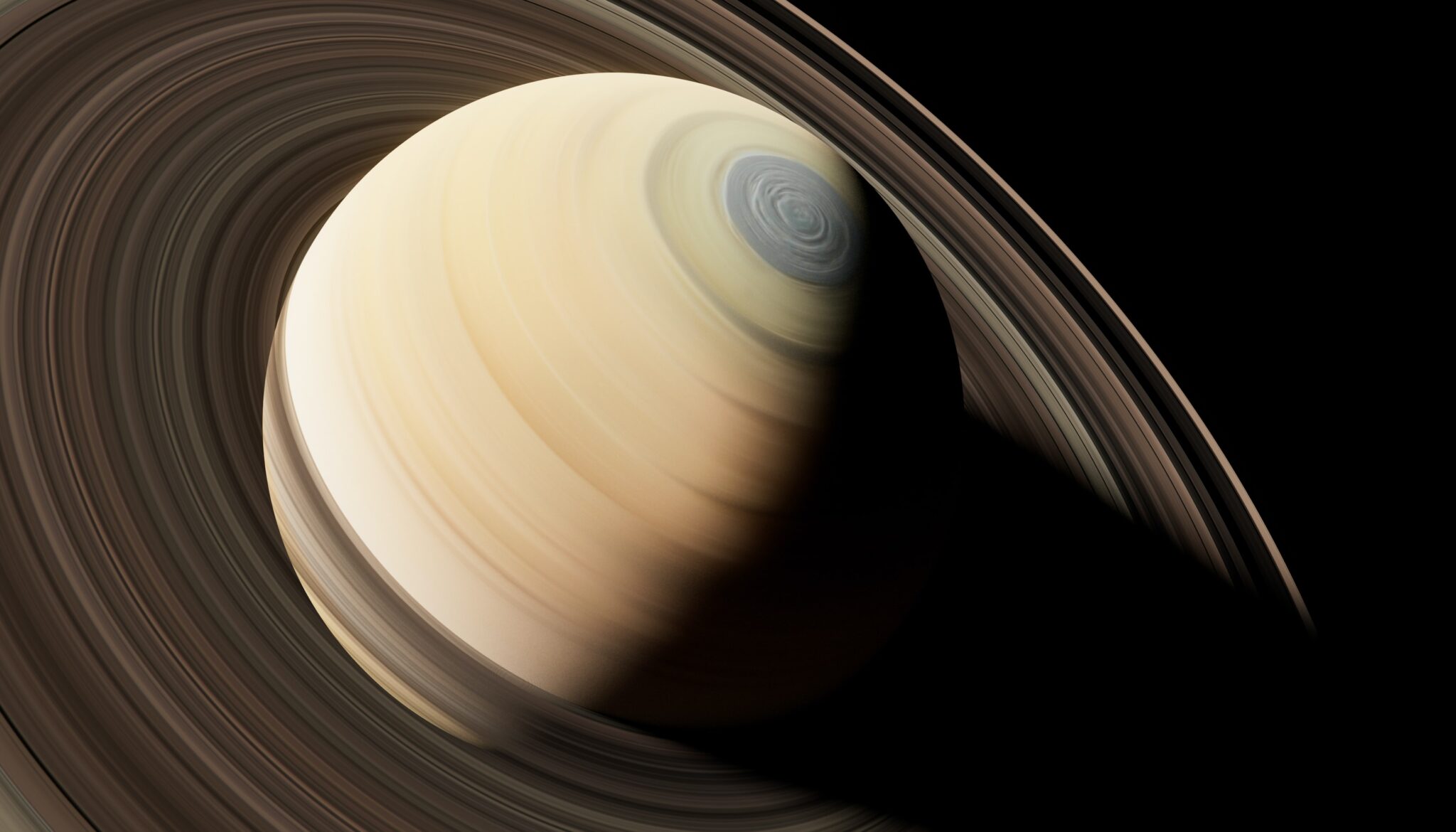Have you ever noticed our solar system with the beautiful distribution of different kinds of planets placed at different distances?
If we travel from our sun outwards, we have four terrestrial planets. Terrestrial planets are the four closest to the Sun i.e., Mercury, Venus, Earth, and Mars. The other planets, Jupiter, the oldest and largest, Saturn, home to the magnificent ring system, Uranus, and Neptune are called Gas Giants.
Since the formation of our solar system, research and studies reveal so many interesting facts about Gas Giants. All of them have the continuous chemical reaction of extreme weather that drives a vast range of fascinating phenomena.
The term Gas Giant has been given by science fiction author James Blish in 1952.
Gas Giants have a rocky or molten core but are topped with thick layers of Hydrogen and Helium in different states. Most of the time the gas part refers to hydrogen and helium but is not very accurate because the vast region is not in a gaseous state but actually becomes more intense under high pressure. As a result, the matter present there reaches a state called “critical point,” a state at which the distinction between liquid and gas disappears.

These Giants must have to be two or three times larger than Earth and several times massive, and with time they can also grow to be much larger.
But it’s to be noticed that the mass doesn’t relate to their giant size. Then why is it so? In this case, heavier gas giants have more mass that eventually exerts more gravitational pull, becomes more compact and tight making them smaller in size. But in any case, their vast upper atmosphere drives extreme weather which makes the surface with bands and spots and other fascinating features.
But what makes them different if Gas Giants are made out of the same core as the inner terrestrial planets?
The gas giants begin their life as large rocky planetary cores that grow larger and larger through the accumulation of mass, same as the terrestrial ones, but the difference, however, is that gas giants formed beyond the snow line of the solar system – the boundary beyond which water and other volatile substances are present in the form of solids like rocks that provide so much extra material in the formation of these planets.
In the atmosphere of gas giants, hydrogen and helium clouds are abundant creating an enveloping layer around the planet and it becomes so heavy and pressurized that the rocky surface of the planet is transformed, turning the whole thing into a massive ball of liquified gasses in the various form under unimaginable pressure.
Also Read: BEYOND THE SOLAR SYSTEM: IN CONVERSATION WITH FAISAL UR REHMAN

Waniya Khursheed is a student of Space science at Karachi University, She is working as Event Manager at RaheQamar. She is working to promote space sciences in Pakistan. She hopes that one day Pakistan will play an active part in the Global Space industry.

